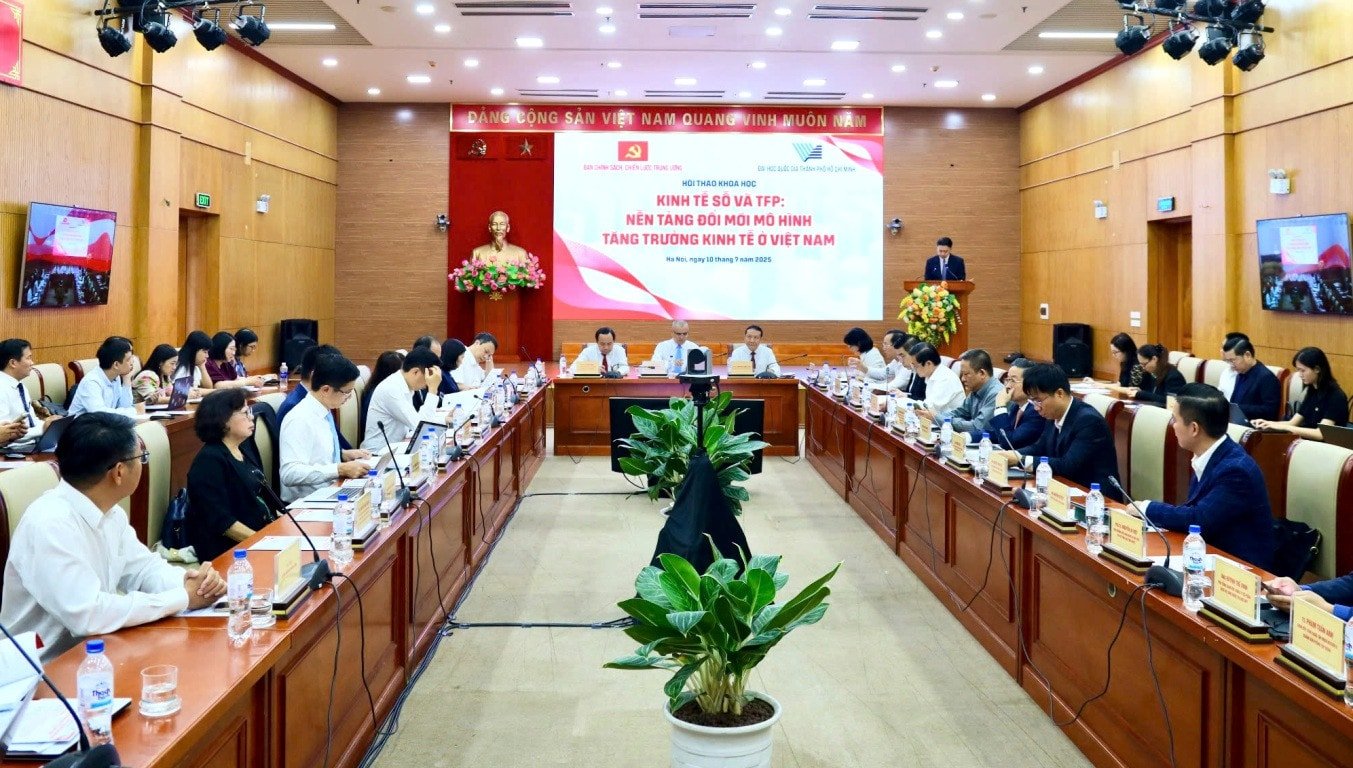
TFP contributes to economic growth by over 55%
Speaking at the scientific workshop “Digital Economy and TFP: Foundation for Economic Growth Model Innovation in Vietnam” on July 10, Mr. Nguyen Hong Son, Deputy Head of the Central Policy and Strategy Committee, said that to achieve the goal of becoming a developed country by 2045, Vietnam must achieve high and sustainable growth rates for many years.
Accordingly, Vietnam has no other choice but to quickly transform its growth model and improve quality based on productivity and efficiency.
Mr. Son emphasized the specific goals mentioned in Resolution No. 57 of the Politburo on the development of science, technology, innovation and national digital transformation, in which the contribution of total factor productivity (TFP) to economic growth is above 55%, the proportion of high-tech product exports reaches at least 50% and the scale of the digital economy reaches at least 30% of GDP, towards 50% by 2045.
Mr. Son said that the Central Policy and Strategy Committee is researching and developing a Project on strategic solutions to promote double-digit economic growth in the new era. At the same time, it is urgently summarizing Resolution No. 05 on a number of major policies and guidelines to continue to innovate the growth model, improve growth quality, labor productivity, and economic competitiveness.
The focus is on analyzing factors to establish a new economic growth model in the coming period. Labor productivity and the digital economy are certainly the key contents that will be thoroughly studied.
According to Professor Tan Swee Liang, Singapore Management University, when capital and labor factors have been fully utilized, only an increase in productivity can further boost output growth. Therefore, TFP is the key driver of economic growth in the long run.
Meanwhile, the digital economy is a key factor driving TFP through improved R&D, cost reduction and improved governance. Technologies such as automation, Big Data, IoT and artificial intelligence (AI) help optimize processes, improve efficiency and create added value. However, this positive impact is not automatic but depends on digital infrastructure, digital human resources, proactive innovation of enterprises and institutional improvement.
Digital transformation to improve labor productivity
Citing data from the International Labor Organization (ILO), Mr. Tran Minh Tuan, Director of the Department of Digital Economy and Digital Society (Ministry of Science and Technology), said that Vietnam's labor productivity is only 1/10 of Singapore's and 3/4 of China's, showing that the development gap will widen if there is no strong transformation.
Mr. Tuan said that to achieve the economic growth target of 8% this year, moving towards double-digit growth in the following years, promoting digital transformation for the business sector, especially small and medium enterprises, cooperatives and business households, has become an urgent task.
According to Mr. Tuan, digital transformation is an inevitable trend and an important driving force to improve labor productivity, innovate growth models, and enhance the competitiveness of the Vietnamese economy.
“For the business community, especially small and medium enterprises, cooperatives and business households, digital transformation is not only a solution to overcome challenges but also a great opportunity to improve labor productivity and create high added value,” said Mr. Tuan.
Sharing about the draft Project on digital transformation of enterprises that is about to be submitted to the Government, Mr. Tuan said that the draft proposed 3 programs on digital transformation of enterprises.
This is a program to support digital transformation of small and medium enterprises, cooperatives, and business households with the goal of supporting them to effectively carry out digital transformation, increasing labor productivity by 20-30%.
Program to support digital transformation, application, transfer and innovation of technology for small and medium enterprises, cooperatives and innovative business households.
The goal is to support 50,000 small and medium-sized enterprises with innovative activities, 5,000 specialized technology enterprises; 500 outstanding technology enterprises based on artificial intelligence (AI) transformation and technology transformation.
“These are core enterprises that help Vietnam increase the localization rate and participate in domestic and international production value chains,” said Mr. Tuan.
A notable highlight is the program to support the conversion of 1 million business households into enterprises, aiming to realize Resolution 68 on private economic development.
To realize this goal, Mr. Tuan said that it is necessary to implement solutions such as the Ministry of Finance will preside over and coordinate with ministries, branches and localities to deploy free basic digital applications, support business registration, digital signatures, electronic invoices and online payments.
In terms of building a “one-stop” service platform, the Ministry of Finance will preside over and coordinate with the Ministry of Science and Technology to integrate all administrative procedures related to conversion, support legal, accounting and corporate governance consulting, and connect with businesses providing digital platforms.
Along with that, the Ministry of Finance will preside over and coordinate with ministries, branches and localities to deploy 100% of procedures online, deploy unified identification via VNeID and ensure fast and transparent processing time.
HA (according to Vietnamnet)Source: https://baohaiphongplus.vn/nang-suat-lao-dong-cua-viet-nam-bang-1-10-singapore-va-3-4-trung-quoc-416100.html





![[Photo] Prime Minister Pham Minh Chinh meets with representatives of outstanding teachers](https://vphoto.vietnam.vn/thumb/1200x675/vietnam/resource/IMAGE/2025/11/15/1763215934276_dsc-0578-jpg.webp)

![[Photo] General Secretary To Lam receives Vice President of Luxshare-ICT Group (China)](https://vphoto.vietnam.vn/thumb/1200x675/vietnam/resource/IMAGE/2025/11/15/1763211137119_a1-bnd-7809-8939-jpg.webp)









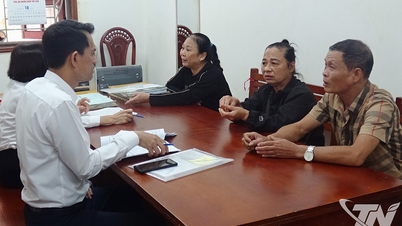














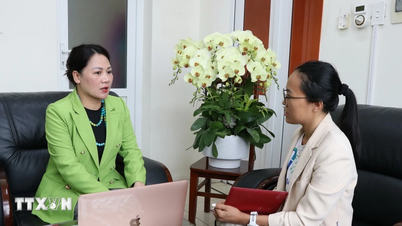























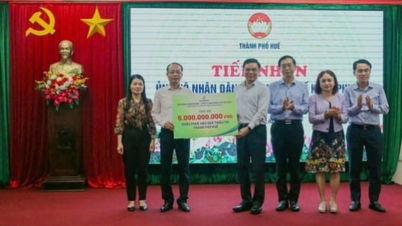


















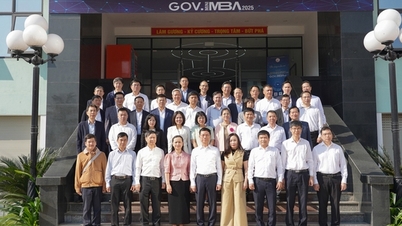

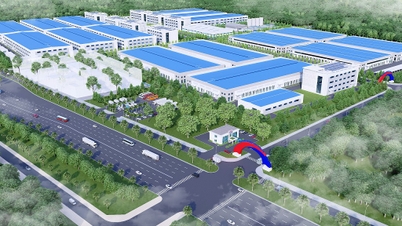





















Comment (0)